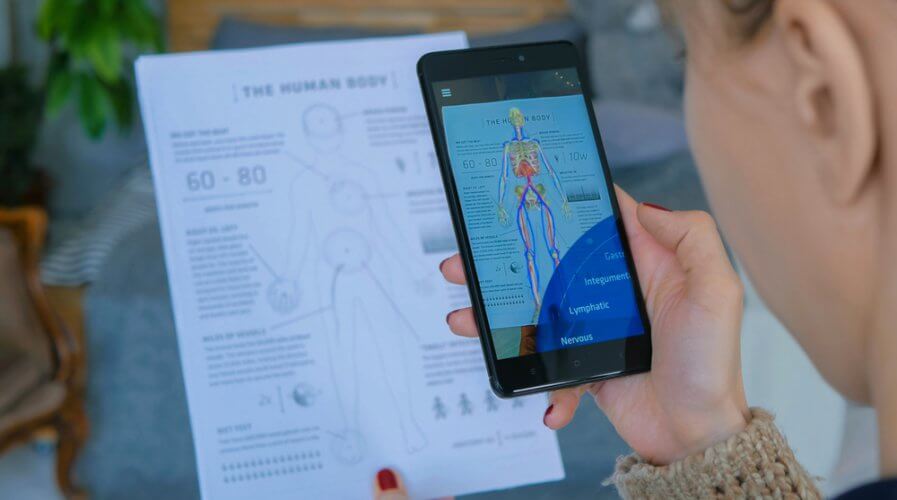
AR technology enables thought leaders to illustrate their concepts no matter how complex to other stakeholders in the room. Source: Shutterstock
Here’s how AR technology will change businesses inside and out
BUSINESSES are all talking about digital transformation, driving leaders to look for the most effective digital tools.
Augmented Reality (AR), a lesser known technology, is an interesting solution for businesses looking to take the creative path to accelerate their journey to digital maturity.
Like any other bleeding edge technology that pushes the envelope, AR is disrupting industries across markets.
Thanks to fun-filled Snapchat filters and Sephora’s in-app product try-on, end-users are more exposed to AR than ever before.
From viral Burger King marketing to how the IKEA Place app allows users to trial new furniture in their homes first, different businesses prove that AR has incredibly varied applications — all of which depend on the company’s creativity in using the technology.
AR essentially displays a layer of digital visualization on top of reality.
So, unlike virtual reality (VR) technology that is computer-generated, AR requires lesser power to deliver its visual simulations.
This means to say that business adoption of AR will make operations faster and easier.
Business use of AR technology
Other than sales and marketing uses of AR technology, the interactive experience can help businesses ease and speed up internal processes too.
For instance, corporations can use it to train their employees in a more engaging way. In fact, studies show that learning using visual simulation (with AR) is more impactful — compared to standard training.
On top of skill transfer, AR technology can also be of great use in the product development room.
Translating ideas into words is arguably the most difficult process in terms of product development as there are often many moving parts.
However, AR technology enables creators to illustrate their concepts no matter how complex to others in the room.
Instead of looking back and forth at spreadsheets and images, analytics and statistics can overlay on top of graphics and visualizations.
This aids in the exchange of information between parties and facilitates the product development process.
In the end, AR is really just an augmentation of our physical reality. What businesses see through the AR lenses will determine the value the technology brings to users — internal and external to the company.
Right now, AR technology is only at its very infancy.
The possibilities of this piece of visual aid are endless, which is why it will be exciting to see how the pendulum swings for this technology in the coming months.
READ MORE
- The criticality of endpoint management in cybersecurity and operations
- Ethical AI: The renewed importance of safeguarding data and customer privacy in Generative AI applications
- How Japan balances AI-driven opportunities with cybersecurity needs
- Deploying SASE: Benchmarking your approach
- Insurance everywhere all at once: the digital transformation of the APAC insurance industry






